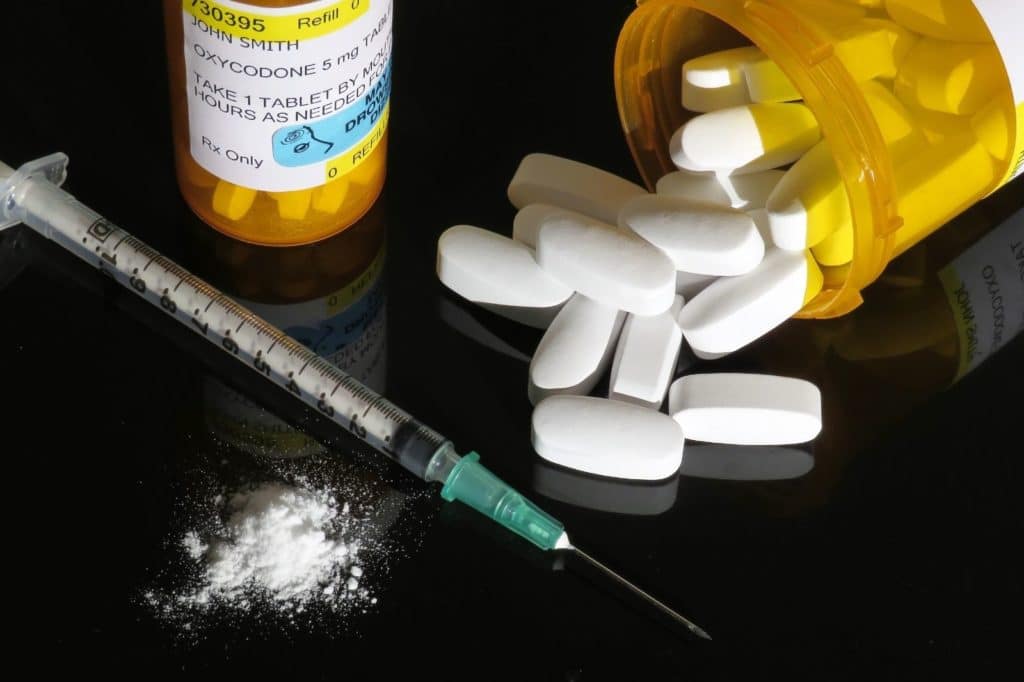As parents, your number one goal is to help your child live a happy and healthy life. You want to protect them from any kind of harm — and that includes harmful drug use. Unfortunately, today more than ever before, your child may be at risk for developing an opioid addiction.
Right now in the United States we have an opioid crisis. According to the National Institute on Drug Abuse (NIDA), more than 115 people die from overdosing on opioids each day in the U.S. The Midwest is particularly hard hit by this crisis; the NIDA notes that opioid overdoses in the Midwest increased by 70% in just a little over a year from July 2016 to September 2017.
They also report on a Substance Abuse and Mental Health Services Administration report that found that more than 153,000 12-17-year-olds had an opioid use disorder in 2016.
As parents, it’s critical we educate ourselves on the opioid crisis and risk factors so that we can have honest conversations with our children to protect them from this risk.
What are opioids?
Opioids are a class of drugs that include prescription pain medication (such as OxyContin and Vicodin), morphine, heroin, and fentanyl. They were first commonly prescribed as pain relievers before they were known to be so powerfully addictive. While they are still prescribed, there is a push to be more conservative when prescribing them and to consider additional pain management strategies.
Why are opioids so addictive?
Opioids are highly addictive for two reasons:
- They block the sensation of pain in the body; and
- They trigger the reward circuit of the brain to produce dopamine, a neurotransmitter associated with pleasurable feelings.
As the brain’s pleasure center adjusts to the new levels of dopamine, the user needs to take more and more each time, which releases more and more dopamine, in order to achieve the same effects. A vicious cycle is created, and it also puts the user at risk for overdosing.
Why are school age kids at risk?
Prescription opioids are at a high risk for being abused because they are easily accessible. School-aged children can easily go into their parents’ medicine cabinets and take prescription drugs like OxyContin or Vicodin for themselves, or to give or sell to their friends.
According to the American Society of Addiction Medicine (ASAM), these kids are often unaware of the addictive effects of prescription opioids and how dangerous their actions can be. In fact, they report that most adolescents who misuse prescription opioids initially received them from a friend. Opioid misuse can also lead to experimentation with heroin; the NIDA reports that 80% of those who use heroin started using prescription medication first.
What can you do?
To help prevent your child from being exposed to opioid misuse, take the follow steps:
- If a doctor prescribes an opioid medication to you or your child, follow the dosage instructions accurately. Do not make any changes without consulting your doctor, and let them know of any changes in effectiveness or behavior you may notice. This can help minimize the risk of developing a dependency.
- Keep all prescription medication locked safely away in a secure medicine cabinet. Having easy access to addictive medication increases the risk of misuse and abuse. Remember the research finding that most adolescents misuse opioids received them from friends; limiting access to these medications can decrease that risk.
- Finally, facilitate open, age-appropriate conversations with your children about the risks of opioid use and misuse. Explain the science behind addiction and the effects it has on your brain. Knowing how addiction starts and its effects on their brain and body can give your child a more informed perspective than many of their peers.
Many people do not realize how addictive opioids can be — educating your child may help prevent them from unknowingly developing a chemical dependency. By being courageous enough to have honest conversations about drug use and misuse, you increase your child’s awareness and equip them with the information they need to avoid falling into the dangerous and often deadly cycle of opioid misuse and addiction.











